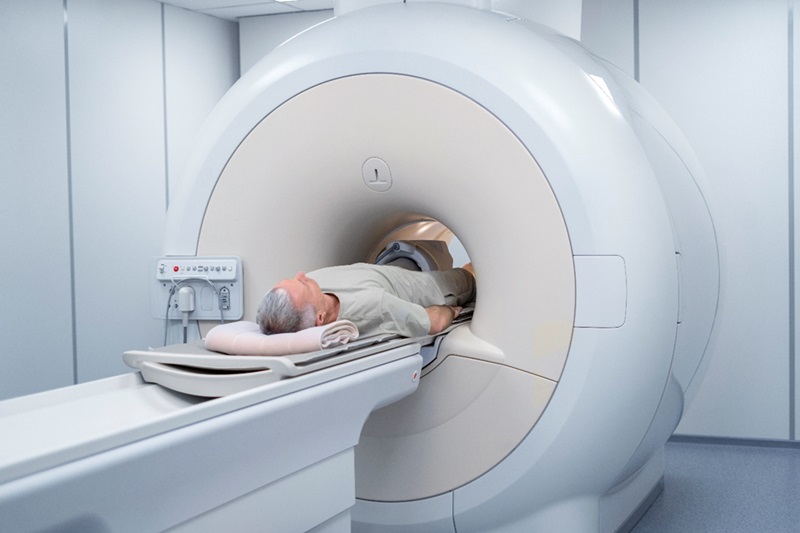Understanding the Innovations and Advancements in Radiology Technology
Radiology, the science of medical imaging, plays a fundamental role in modern medicine. Not only does it enable the visualization of internal body structures, but it is also pivotal in accurate diagnosis and effective treatment planning. Recent years have been revolutionary for radiology, with the advent of pioneering technologies poised to transform the sector. This post aims to shed light on these exciting advancements, delving into their potentials, their impact on traditional practices, and what the future holds for the field of radiology.
Radiology isn’t just about X-rays; it’s a comprehensive medical specialty that employs various methods of imaging to diagnose and treat diseases within the human body. From its conception in 1895 when Wilhelm Conrad Roentgen discovered the X-ray, radiology has continually evolved, embracing new technologies and procedures. Over the past century, new technologies such as computed tomography (CT), magnetic resonance imaging (MRI), and positron emission tomography (PET), have revolutionized radiology, revamping it into a key player in modern medicine.
The Revolution in Radiology: Overview
The more recent years in radiology are marked by the emergence of ground-breaking technologies that are promising to usher in an era of unprecedented precision, speed, and safety in diagnostics. Playfully termed as ‘the new kids on the block,’ these innovations, ranging from Artificial Intelligence (AI) to advanced tomography techniques and nanotechnology, are rapidly shifting paradigms and setting new standards in the medical diagnostic arena.
Mapping the Evolution: The Traditional Radiology vs. the Advanced
Drawing a comparison between traditional radiological methods and advanced technologies vividly illustrates the degree of evolution in the field. Traditional radiology, dominated by conventional X-rays and fluoroscopy, provided the first window into the human body without the need for surgery. However, the advent of advanced technologies such as CT, MRI, and PET scan has expanded this window, providing more detailed, accurate, and safer diagnostic images.
Artificial Intelligence in Radiology
AI has begun to make its mark in radiology, automating some of its most labor-intensive tasks. Through predictive analytics, AI technology can analyze an enormous quantity of data, identify patterns, and make accurate predictions about patient outcomes. Furthermore, it advances precision medicine by personalizing treatments based on individual’s genetic makeup, lifestyles, and environments. Perhaps one of its greatest contributions has been in reducing human error by automating the generation of radiological reports.
Advanced Tomography Techniques
Advanced tomography methods, particularly CT, cone-beam CT (CBCT) and PET, have revolutionized the imaging landscape. CT scan offers detailed images of tissues and organs, while CBCT provides three-dimensional images. PET scans, on the other hand, give metabolic information and are mostly used in oncology. Quite remarkably, these technologies allow for much more detailed imaging, enabling early and more accurate disease diagnosis.

MRI Technology: The Rise of Diffusion Tensor Imaging
Diffusion Tensor Imaging (DTI), an advancement of traditional MRI technology, unravels an entire new world of diagnostics. With DTI, clinicians can map the fibrous structure of the body’s tissues, useful for detecting changes associated with diseases such as multiple sclerosis or stroke. Additionally, DTI aids in pre-surgical planning and in studying brain connectivity among other applications.
Exploring The Role of Nanotechnology In Radiology
Nanotechnology is another frontier in radiology that holds immense potential. By creating extremely small particles, nanotechnology stands to impact targeted drug delivery and early disease detection significantly. For example, nanoparticles can be engineered to target specific cells, a development that could revolutionize cancer therapy by delivering drugs directly to the affected cells.
Ethical and Legal Considerations With Advanced Radiology
Alongside their wonderful potentials, these technologies carry several ethical, privacy, and legal concerns. Questions around conscious consent, data security, and the possible misuse of AI technologies are stirring debates in the medical fraternity. Additionally, regulating these advancements, ensuring equal access, and setting professional standards are significant challenges to be addressed.
The Future of Radiology: An Expert’s Perspective
Despite these challenges, experts foresee a bright future for radiology. The continued refinement of these technologies along with the promise of even more novel ones—such as the molecular imaging—is expected to propel radiology into unprecedented diagnostic dimensions. However, the effective utilization of these technologies will also require well-trained personnel and enhanced cooperation among stakeholders.
Summarizing the Radiological Revolution
The field of radiology has improved leaps and bounds, pushing boundaries of what was once considered possible. Outlining the journey from X-rays to AI-driven diagnostics, we have surveyed the progressive landscape of radiology technology and key insights it offers.
Every development, every innovation in this field, fundamentally alters the healthcare paradigm – from better diagnoses to enhanced recovery strategies. The future gives us much to look forward to. As advancements like AI technology continue to evolve, we can anticipate even greater precision and efficiency. But just like any digital movement, it comes with its own challenges: the ethical and privacy concerns, the digital infrastructure needed, the potential of AI malfunction, and the inherent fear of human obsolescence.
In the grand scheme of things, the potential of radiology is expansive and, as we usher in a new era of medical technology, change is not only imminent – it’s essential. After all, in the pursuit of saving lives and enhancing healthcare, innovation is our most powerful tool.



